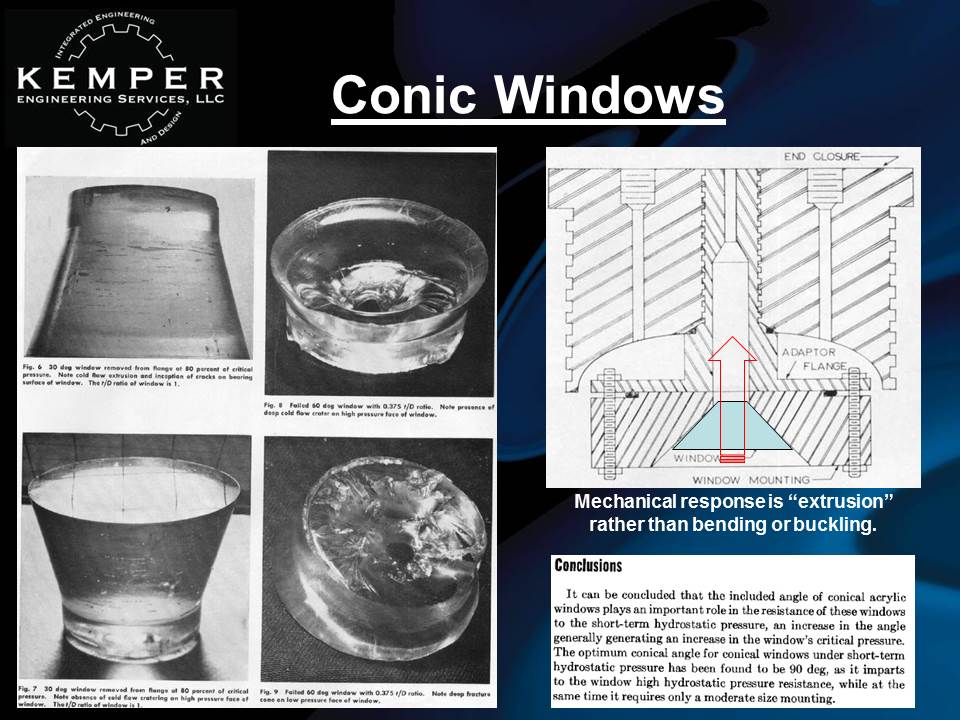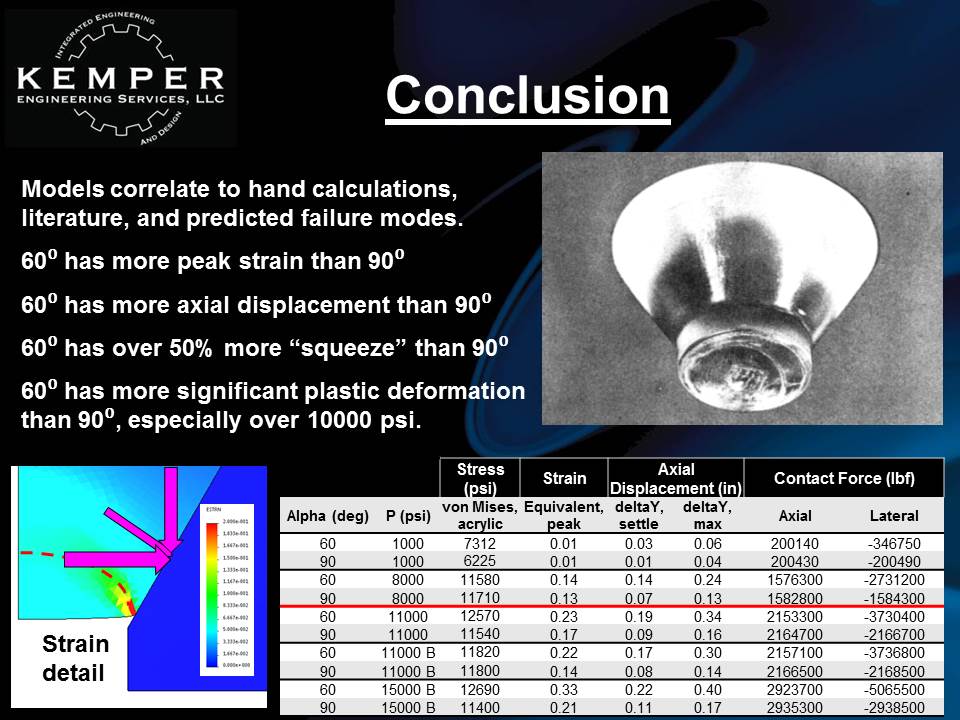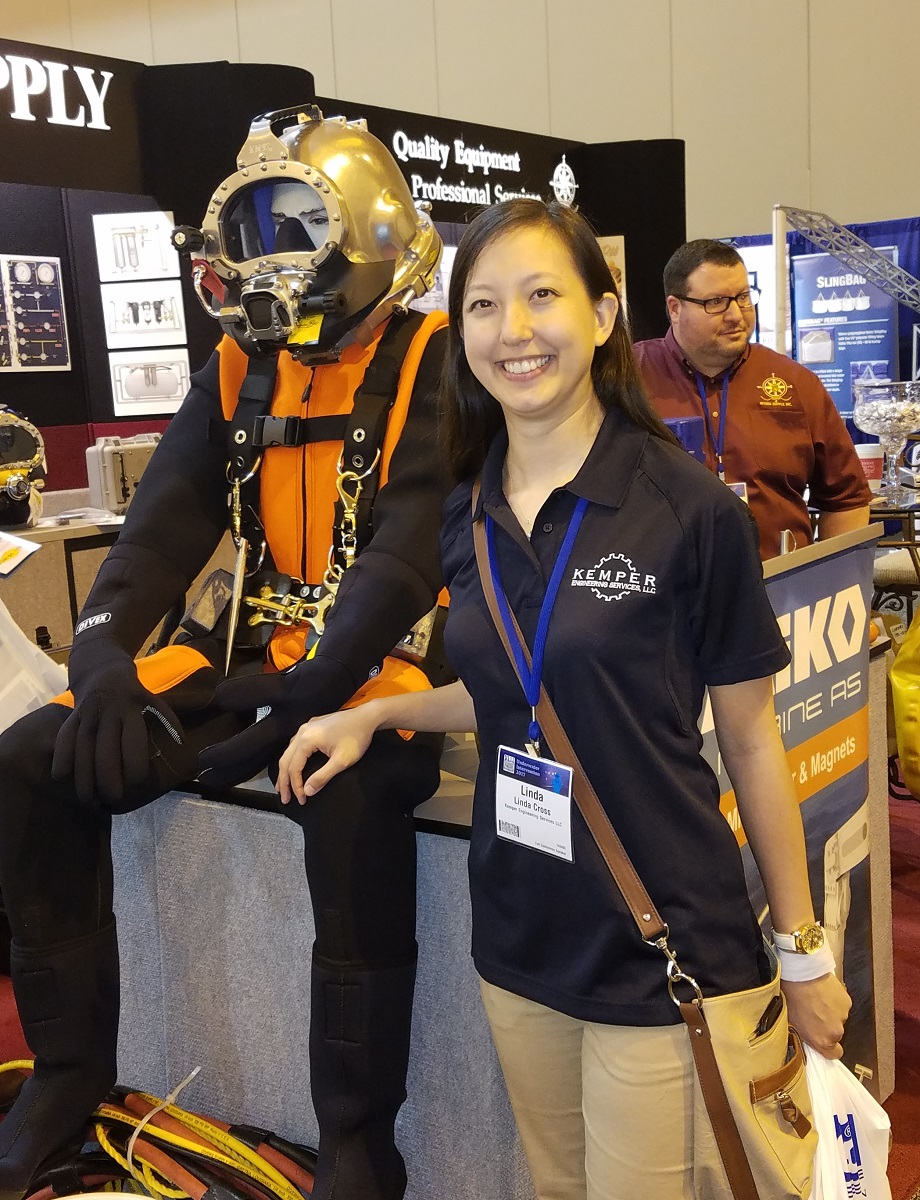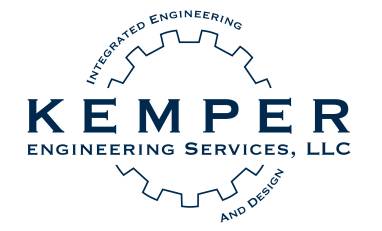Kemper Engineering Services returned to Underwater Intervention for the fourth time. We have continued to be part of advancing subsea technology and marine engineering, particularly with human-occupied submersibles. On Wednesday 22 February Bart and Linda presented in the “Think Tank”, the presentation on the main Exhibition Floor. Our presentation is part of our continued work in applying Finite Element Analysis to acrylics used in pressure vessels in the same way FEA is used for other materials. This will be part of an eventual Design By Analysis methodology (DBA). Bart and Linda will publish their work in Marine Technology Society Journal.

Bart Kemper is with the sponsor’s board for the UI 2017 submersibles track. Kemper Engineering is part of an amazing group of innovators and leaders.

Linda Cross, EI, company president Krista Kemper, and Bart Kemper PE. This is just part of the team we bring to help our clients resolve challenges.

Bart and Linda in the “Think Tank”, presenting our comparison of 60 degree and 90 degree windows over large range of pressures. Conic window geometry is shape used for high pressures, such as deep sea diving. This work is part of larger industry effort to advance the engineering techniques for acrylic windows.

Conic shapes are the most pressure-resistant. The current engineering codes are empirical methods based on tests from decades ago. While the reliability of the ASME Pressure Vessels for Human Occupancy (PVHO) have been proven over time, KES is re-examining past work with current techniques to increase the industry’s understanding of the response and lay the foundation for further development.

The results of KES’ work verifies the previous code guidance that high-pressure windows should have an included angle of 90 degrees or greater. It also verified the failure mode observed in past studies, which further supports how Finite Element Analysis can be used for modeling acrylic windows.

Linda Cross, EI at one of displays in the exhibition hall at the Morial Convention Center in New Orleans. As a biological engineer, her combination of expertise in classic engineering, such as structures, and biomedical topics makes her ideally suited for commercial diving and submersible applications.

Recent Comments